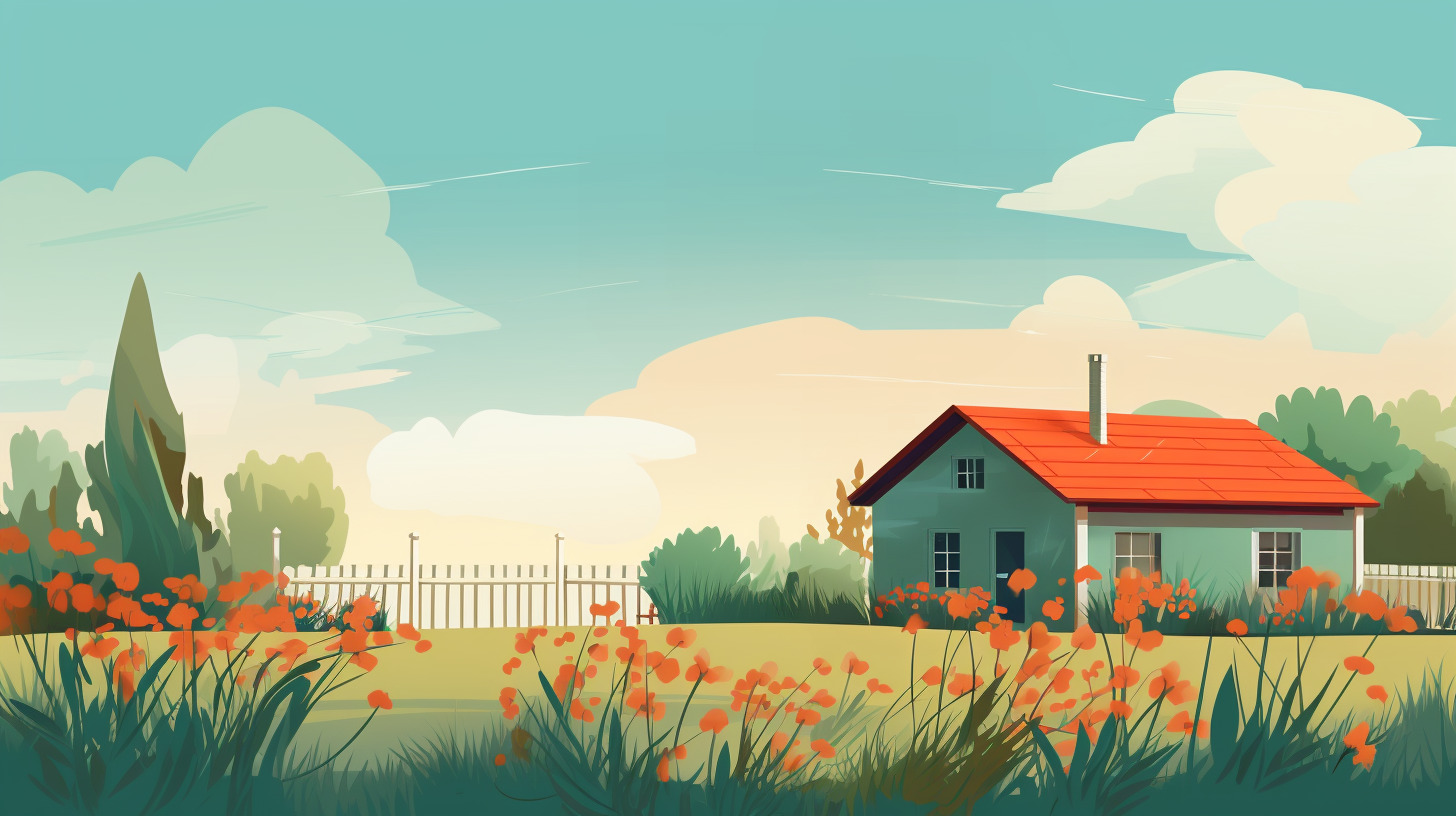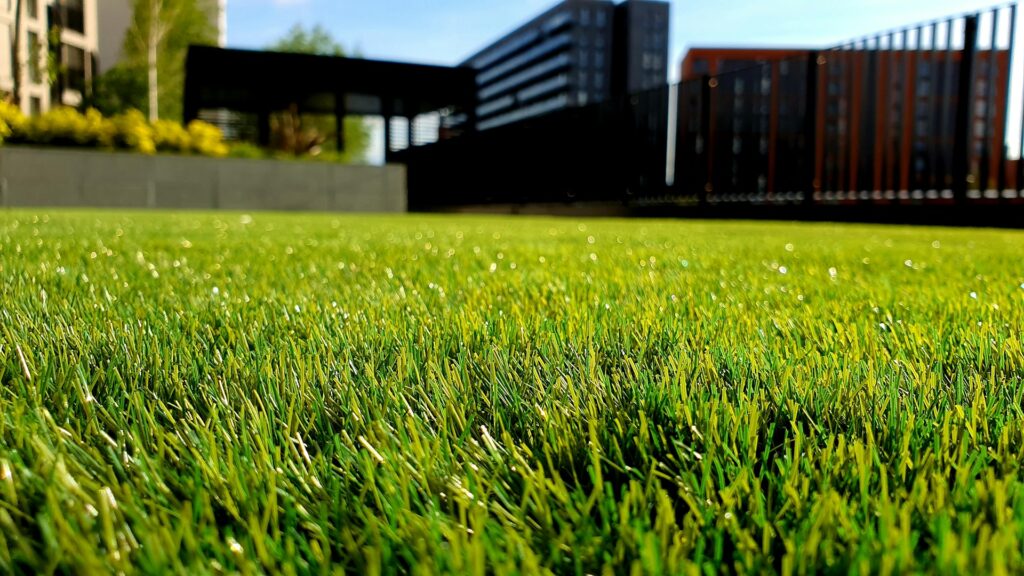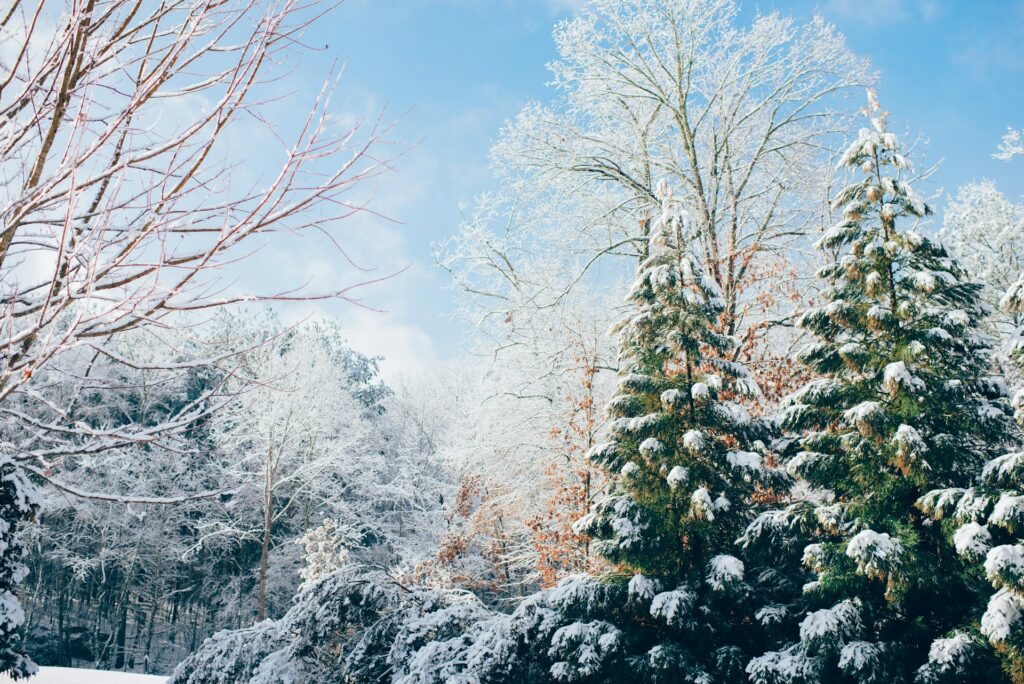
We are reader-supported. When you buy through links on our site, we may earn an affiliate commission.
A well-landscaped backyard raises your home’s value and makes living there more enjoyable. However, a grass lawn can cause more harm than good. How can you make your backyard more environmentally friendly?
Grass needs a ton of water, and the equipment used for maintenance – lawnmowers, trimmers and more – waste energy and release carbon emissions into the air. You can cut your lawn care costs and make your backyard more environmentally friendly in these seven ways.
1. Use Organic Mulch
Wood chips, leaves, bark and other natural materials can create organic mulch. It’s a suitable replacement for grass and provides a comfortable walking environment. Mulch protects your plants by regulating soil temperature and retaining moisture. It also prevents weeds from growing, reducing the need for pesticides.
Organic mulch is an environmentally friendly way to care for your yard. While inorganic options are factory-produced with unsustainable options, organic mulch comes from natural materials that you can easily replace if they erode.
You can purchase mulch or create your own with old straw, fallen leaves, trimmed brush and crop residues. It’s easy to make your backyard more environmentally friendly by digging a bit of brown out of your compost bin a little early — more on that in a bit.
2. Xeriscape
Xeriscaping is a method of landscaping to reduce the need for irrigation. Using native plants and designing your yard with this concept in mind helps you save water and energy. Local greenery is used to your climate and takes less work to maintain.
Stones are excellent for xeriscaping since they require no maintenance and can add to your yard’s appeal. Native trees can provide shade to other plants, drying out your soil less quickly.
In hot climates, using low-water plants like cacti can add more color to your yard without wasting resources.
3. Attract Pollinators
Planting native flowers can attract bees and butterflies to your yard, positively impacting your environment.
The world is losing these creatures due to industrialization and climate change destroying their habitats. You owe one out of three bites of food you eat to pollinators.
Butterflies, bees and other pollinators are necessary for flowering crops to develop. They spread spores between plants, fertilizing them. Bee pollination adds $15 billion in crop value each year, which is necessary in the face of global food shortages. Grass offers them no value, but gardens create a symbiotic relationship between them and your backyard.
Cluster the flowers close together and choose various shapes and colors to keep local pollinators interested in your yard.
4. Compost
Composting helps eliminate the amount of organic waste in landfills, reducing your carbon footprint. It is also a natural and free fertilizer, which makes it perfect for saving money while making your backyard more environmentally friendly.
Composting makes it easier to provide the nutrients native plants and crops require without relying on harmful chemicals or pesticides. All you need is a warm spot with partial sun and soil. Depending on your location and comfort level, you could leave your pile in the open or conceal it from visitors and neighbors using a compost bin.
You’ll need carbon- and nitrogen-rich materials, water and oxygen to create compost. You can often find the right mix by combining produce scraps, eggshells and recyclable materials like carbon, wood shavings and newspaper.
A healthy compost pile will attract bugs, like earthworms and pill bugs, that encourage the breakdown of materials. It normally takes six to nine months for your scraps to turn into nutrient-rich soil. You can use it to grow fresh produce, restarting the cycle.
5. Improve Your Irrigation
While grass significantly reduces your water needs, living plants need a reliable source on sunny days. Green sprinkler systems are excellent alternatives to older models, providing enough water for your backyard.
An underground sprinkler system with forecasting features is a cost-effective and efficient irrigation method. It uses the predicted weather to avoid overwatering plants. These features conserve water without harming your yard’s appearance.
Another option is a timed sprinkler system. It’s more complex than climate-sensing options but lets you control when it turns on and off. It reduces the risk of forgetting about the sprinkler and keeping it running too long.
One of the most efficient ways to water your plants is through recycled water. Rainwater collection goes back thousands of years and is still valuable for helping your backyard thrive. Set out a barrel, empty trash can or other collection device to leave open during showers or thunderstorms and use that water to nourish your plants.
6. Invest in Artificial Grass
If you love the look and feel of your grass yard but want to be more environmentally friendly, consider artificial turf. While natural turf requires a lot of maintenance, you can almost forget about manufactured grass once laid.
This option can be pricey, but you’ll recoup the cost by the lack of time, money and energy spent cutting, fertilizing and watering a natural lawn. Synthetic turf can last up to 25 years, racking up significant savings.
Modern versions of these lawns are indistinguishable from their natural counterparts to the human eye, and the soft texture will please pets, kids and adults who spend time there. An occasional cheap and easy clean can keep it looking and smelling like new.
7. Plant Ground Cover
Ground cover is a natural alternative to grass with a similar look and feel. These plants spread around your yard for you to walk on and relax in. They take little mowing or water, especially when choosing native options.
Moss makes excellent ground cover for shady lawns. It’s vibrant and colorful, making your yard stand out. It’s also soft enough for tiny feet and paws to navigate. Clover could be the way to go in sunny spaces. From a distance, it can look like grass and is fast-growing without extra maintenance. It smells sweet and is soft to walk on. Just a quick mow now and then can keep bees from entering your walking path.
Creeping perennials are another excellent option for your yard. They stay low to the ground and need little care. They can last for a few years in the right growing zone. Another way this ground cover makes your backyard more environmentally friendly is by providing habitats for small animals like worms.
Creating a Greener Backyard
Your backyard should be a sanctuary for you and your family to enjoy. However, grass lawns can harm your wallet and the environment. These methods can make your yard better for you and the planet.










